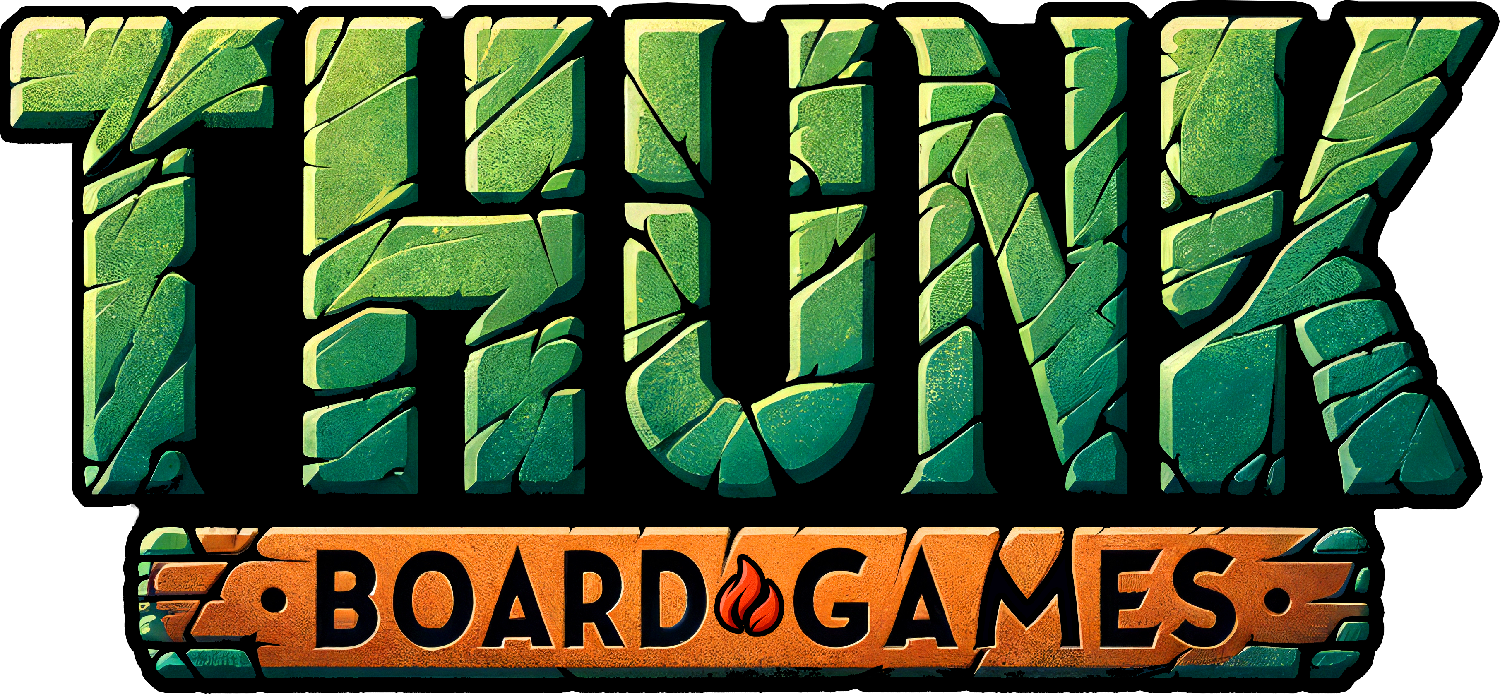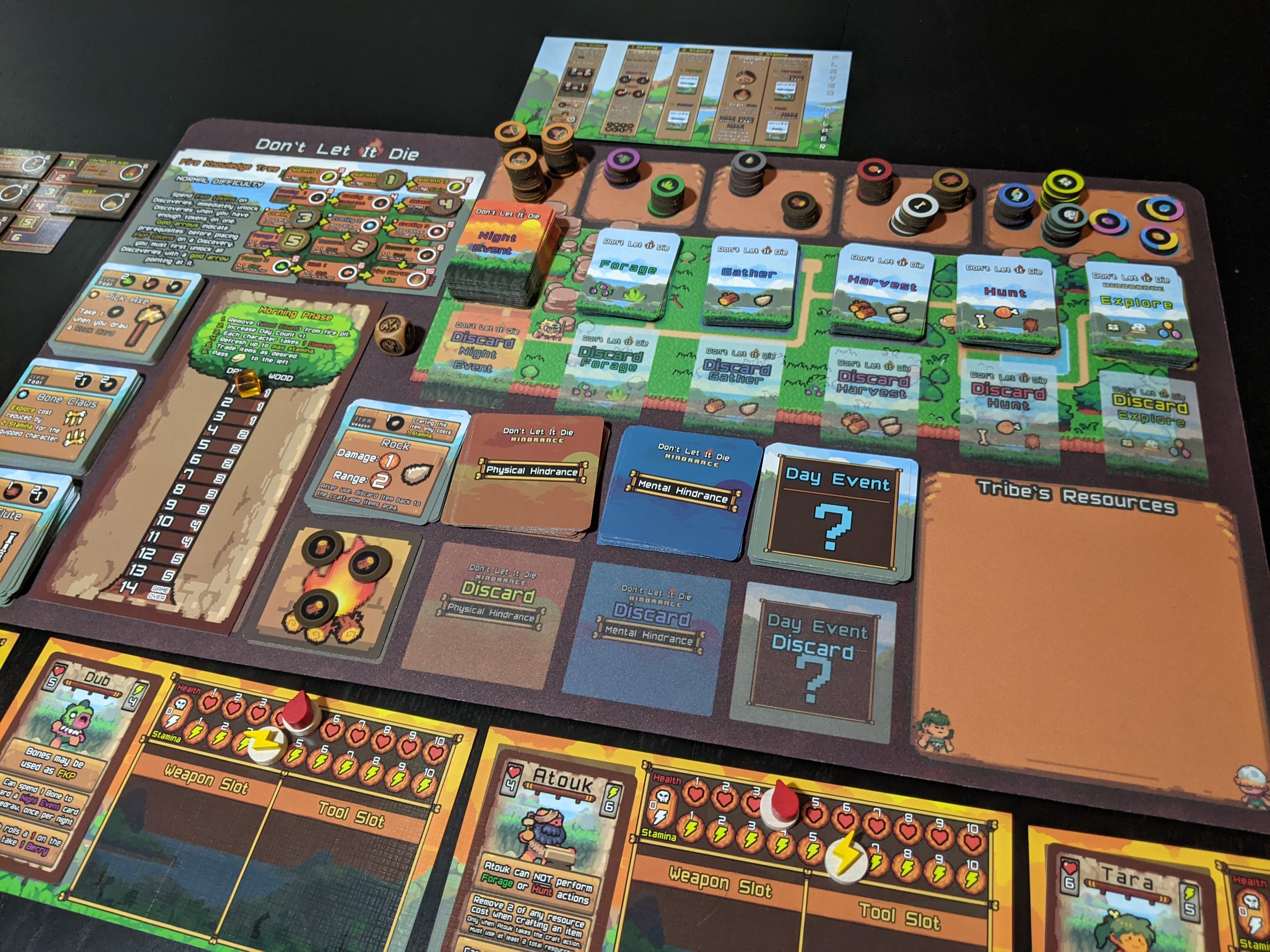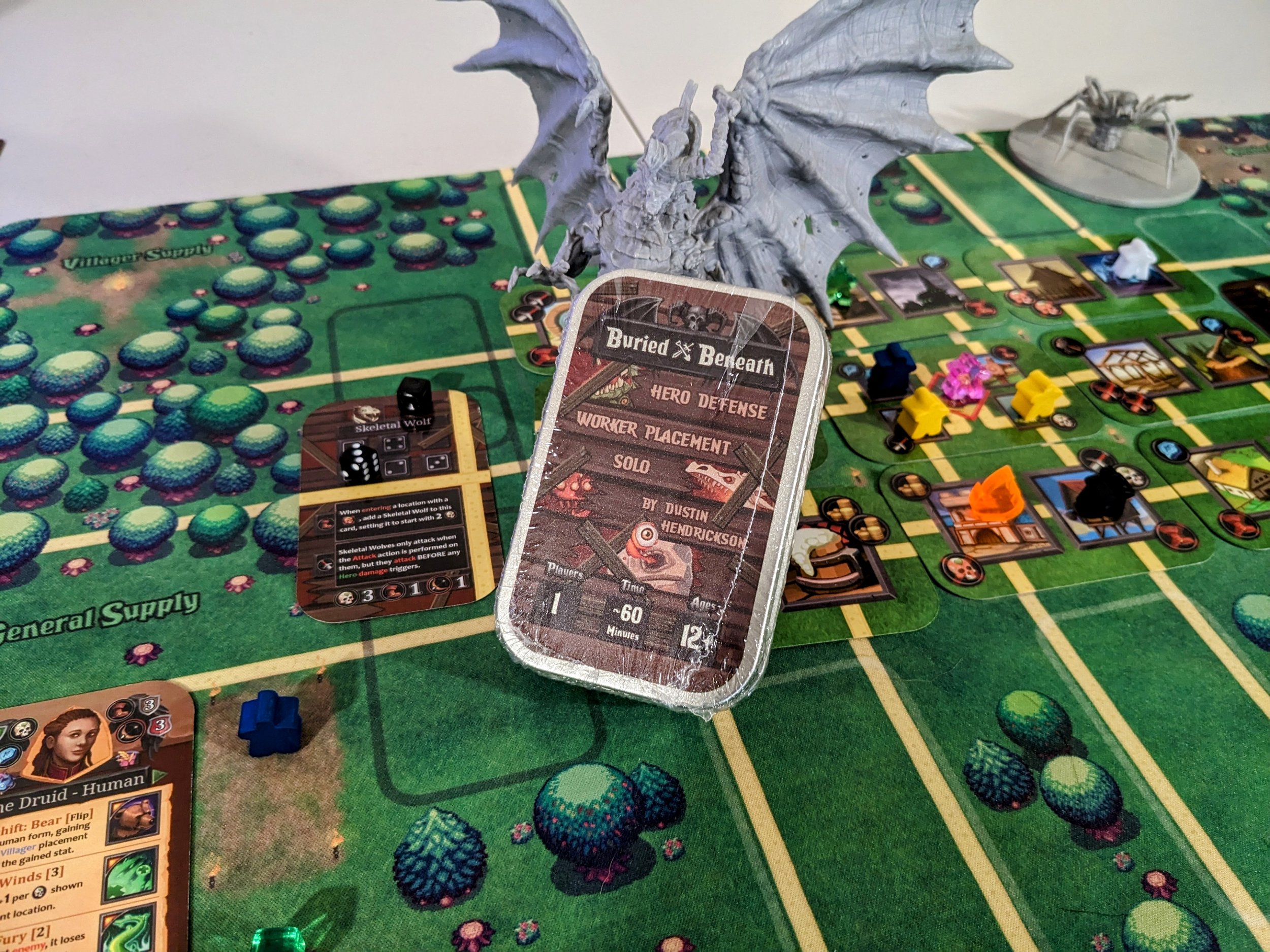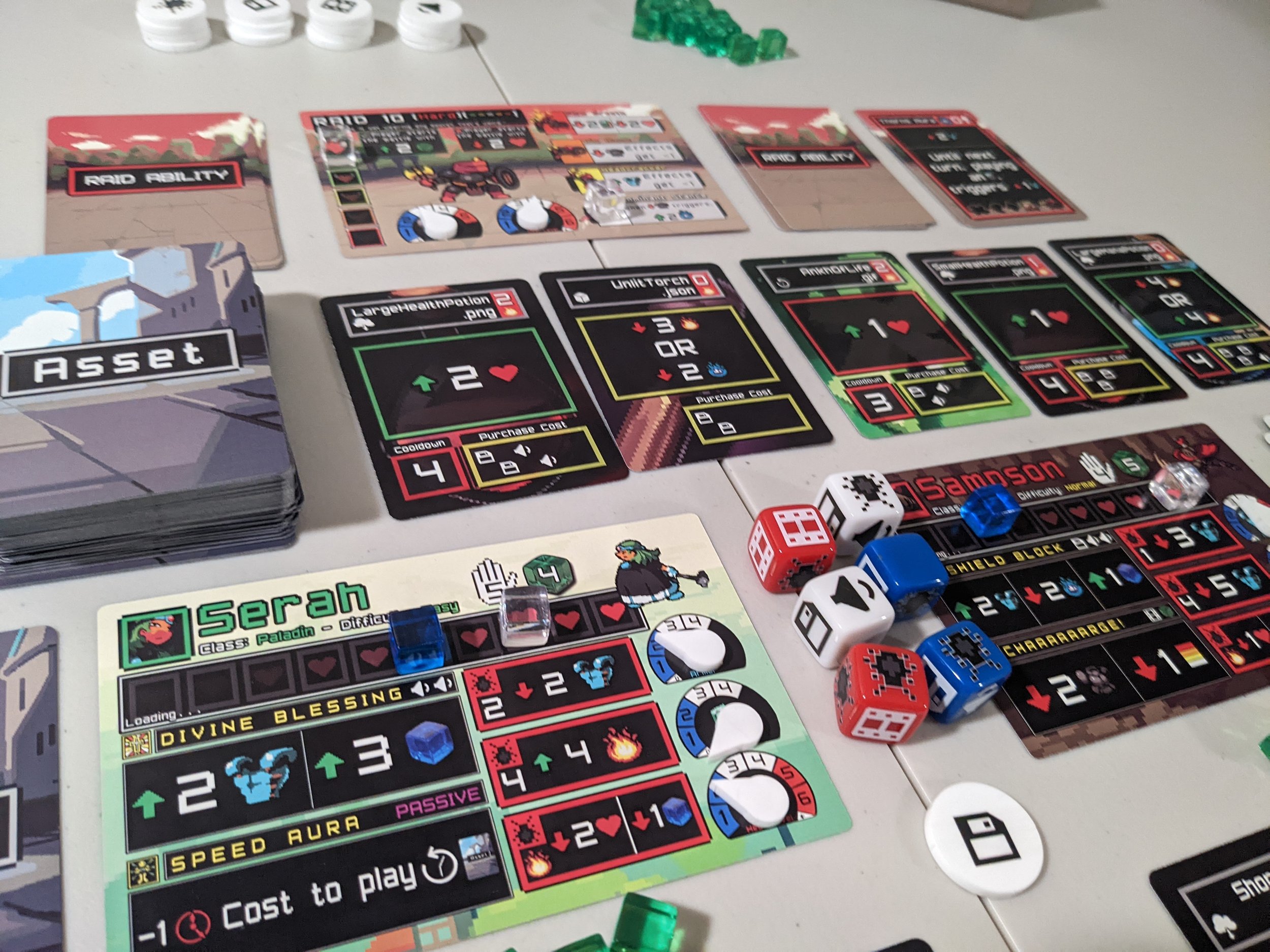Sector 18
Crafting the mint-tin game "Sector 18" was a fascinating endeavor that allowed me to dive into the realm of game design with a focus on compact yet engaging experiences. This sci-fi skirmish game, designed for 1-2 players, captures the essence of epic battles found in games like Starcraft or Homeworld while fitting snugly within a mint-tin package.
In "Sector 18," players assume the roles of faction commanders, each with their own distinct abilities and strategies. This design choice adds depth to the gameplay and encourages players to explore different approaches and tactics, reminiscent of the diverse factions seen in popular real-time strategy games.
The concept of battling on unique maps further contributes to the game's appeal. Drawing inspiration from iconic games like Starcraft and Homeworld, the maps offer varied terrains and environments that players must navigate strategically. This mirrors the thrill of commanding forces in vast and dynamic landscapes, encapsulating the essence of sci-fi skirmishes.
The decision to design "Sector 18" as a mint-tin game showcases my ability to create captivating experiences within constrained spaces. The limited components and compact packaging don't compromise the depth of gameplay, offering players an immersive and engaging sci-fi skirmish adventure in a portable format.
Through "Sector 18," I not only harnessed my passion for game design but also demonstrated my knack for distilling complex mechanics into accessible and enjoyable experiences. By drawing inspiration from iconic games and translating their essence into a mint-tin game, I succeeded in creating a game that captures the spirit of epic sci-fi battles while providing a uniquely convenient and engaging gaming experience.








